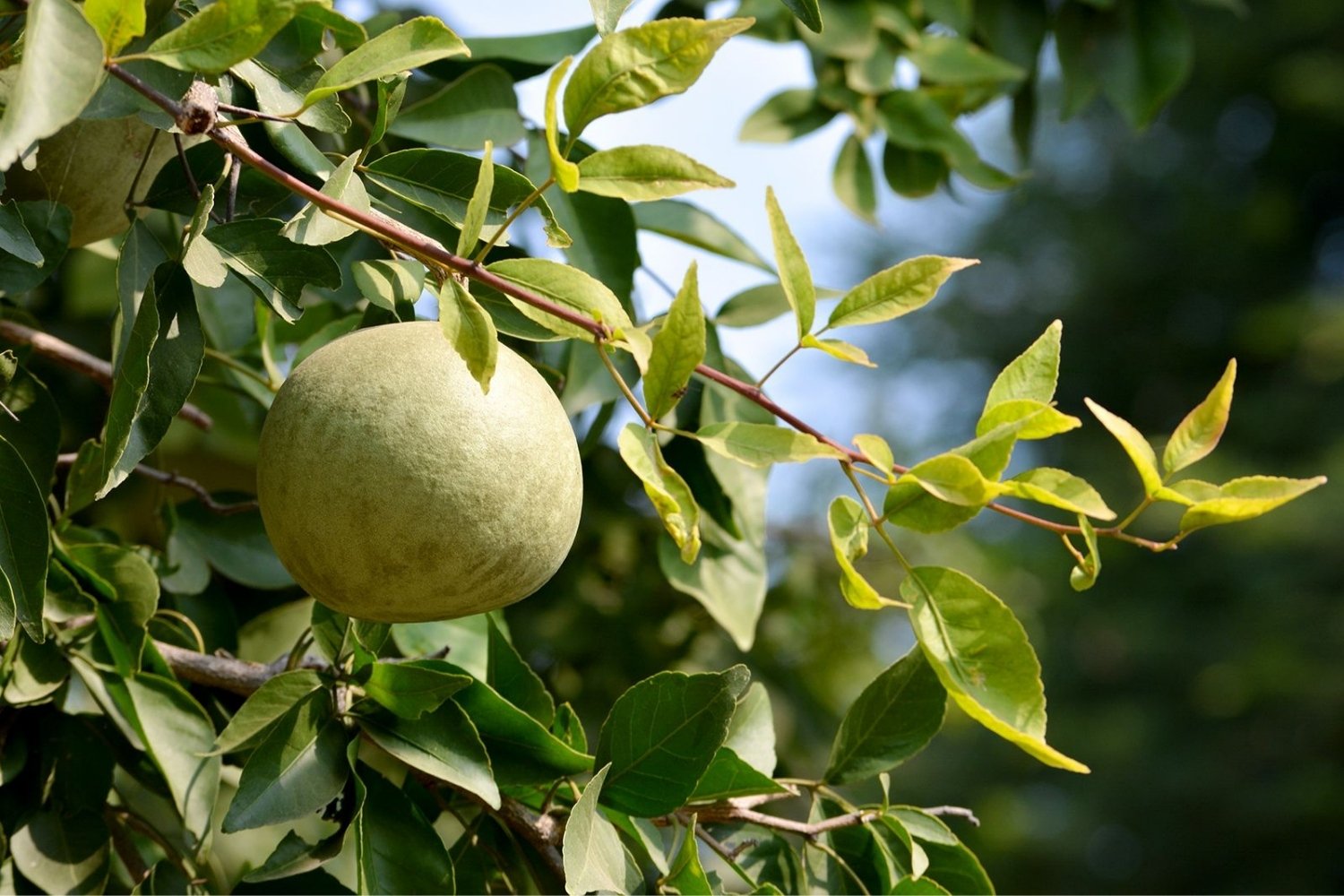
Bael, also known as Aegle marmelos, is a fascinating fruit with a rich history and numerous benefits. Ever wondered why this fruit is so revered in various cultures? Bael has been used in traditional medicine for centuries, thanks to its impressive health properties. From boosting digestion to fighting infections, this fruit packs a punch. But that's not all! Bael is also a symbol of prosperity and is often used in religious rituals. Curious about how this fruit can benefit you? Let's dive into 32 intriguing facts about Bael that will leave you amazed and informed.
What is Bael?
Bael, also known as Aegle marmelos, is a fruit-bearing tree native to India and Southeast Asia. It's revered for its medicinal properties and cultural significance. Let's dive into some fascinating facts about this unique fruit.
Historical Significance of Bael
Bael has a rich history that dates back thousands of years. It has been mentioned in ancient texts and has played a significant role in various cultures.
- Bael is mentioned in ancient Indian scriptures like the Vedas and the Mahabharata.
- In Hinduism, the bael tree is considered sacred and is often associated with Lord Shiva.
- Ancient Egyptians used bael fruit for its medicinal properties, particularly for treating digestive issues.
Nutritional Value of Bael
Bael is not just culturally significant; it's also packed with nutrients that offer numerous health benefits.
- Bael fruit is rich in vitamins A, B1, B2, and C.
- It contains essential minerals like calcium, potassium, and iron.
- The fruit is high in fiber, which aids in digestion and prevents constipation.
Medicinal Uses of Bael
Traditional medicine has long utilized bael for its healing properties. Here are some ways it benefits health.
- Bael leaves are used to treat diabetes by regulating blood sugar levels.
- The fruit pulp is effective in treating diarrhea and dysentery.
- Bael root can be used to treat respiratory conditions like asthma and bronchitis.
- Its anti-inflammatory properties help in reducing joint pain and swelling.
Culinary Uses of Bael
Bael is not just a medicinal marvel; it also finds its way into various culinary dishes.
- Bael fruit is used to make a refreshing summer drink called bael sherbet.
- The pulp is often used in making jams and marmalades.
- In some regions, bael is used to flavor curries and soups.
Environmental Benefits of Bael
Bael trees offer several environmental benefits, making them valuable beyond their fruit.
- Bael trees are drought-resistant, making them ideal for arid regions.
- They help in soil conservation by preventing erosion.
- The trees provide habitat for various bird species, contributing to biodiversity.
Cultural Significance of Bael
Bael holds a special place in various cultural practices and traditions.
- In India, bael leaves are offered to Lord Shiva during religious ceremonies.
- The fruit is often used in traditional New Year celebrations in Sri Lanka.
- Bael wood is used to make sacred objects and utensils in some cultures.
Interesting Facts About Bael
Here are some lesser-known yet intriguing facts about bael that might surprise you.
- Bael fruit can take up to 11 months to ripen fully.
- The tree can live for over 100 years, making it a long-term investment for farmers.
- Bael fruit has a unique aroma that is both sweet and pungent.
- The fruit's hard shell can be used as a natural container or bowl.
Bael in Modern Research
Modern science has started to catch up with traditional knowledge, exploring bael's potential in various fields.
- Studies have shown that bael extracts can help in reducing cholesterol levels.
- Research indicates that bael has antimicrobial properties, making it effective against certain bacteria and fungi.
- Bael is being studied for its potential anti-cancer properties due to its high antioxidant content.
Growing and Harvesting Bael
Cultivating bael requires specific conditions, but the rewards are plentiful.
- Bael trees thrive in well-drained soil and require minimal water once established.
- The best time to plant bael trees is during the monsoon season.
- Harvesting usually takes place in the summer when the fruit turns yellowish-green.
Economic Importance of Bael
Bael is not just beneficial for health and the environment; it also has economic significance.
- Bael farming provides a livelihood for many rural communities in India and Southeast Asia.
- The fruit and its products are exported to various countries, contributing to the economy.
- Bael-based products like powders, extracts, and supplements are gaining popularity in the global market.
The Final Scoop on Bael
Bael, also known as the wood apple, is a fascinating fruit with a rich history and numerous benefits. From its medicinal properties to its cultural significance, bael has carved out a unique spot in various traditions. This fruit isn't just a treat for the taste buds; it's a powerhouse of nutrients that can aid digestion, boost immunity, and even help manage diabetes. Whether you're sipping on bael juice or using its pulp in traditional remedies, there's no denying its versatility.
Next time you come across bael, give it a try. You might find it becomes a staple in your diet or wellness routine. With its myriad of uses and benefits, bael is more than just a fruit—it's a natural wonder waiting to be explored. So, go ahead and embrace the goodness of bael in your life.
Was this page helpful?
Our commitment to delivering trustworthy and engaging content is at the heart of what we do. Each fact on our site is contributed by real users like you, bringing a wealth of diverse insights and information. To ensure the highest standards of accuracy and reliability, our dedicated editors meticulously review each submission. This process guarantees that the facts we share are not only fascinating but also credible. Trust in our commitment to quality and authenticity as you explore and learn with us.
